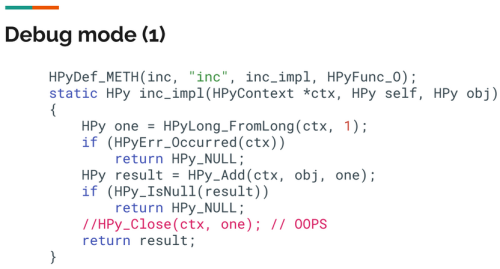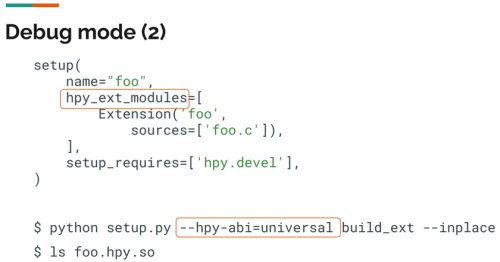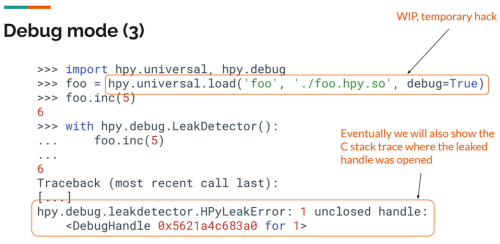Brett Cannon gave a presentation at the 2021 Python Language Summit about the standard library in order to start a conversation about whether it's time to write a PEP that more clearly defines it.
What Is the stdlib?
He succinctly described the stdlib as "a collection of modules that ship with CPython (usually)." This was the most accurate definition he could give, considering how big it is, how varied its contents are, and how long it has been around.
He didn't offer an answer to the question about whether or not there should be a new informational PEP to define clear goals for the stblib, but he wanted core developers to engage with the question. There are a variety of opinions on the stdlib, but it could be beneficial to come to some kind of agreement about:
- What it should be
- How to manage it
- What it should focus on
- How to decide what will or will not be added to it
He shared that he semi-regularly sees requests for adding a TOML parser to the stdlib. When he considers requests, he asks himself:
- Should a module be added?
- How should such a decision be made?
- What API should it have?
- Is there a limit to how big the stdlib should get?
So far, there haven't been basic guidelines for answering these kind of questions. As a result, decisions have been made on a case-by-case basis.
How Big Is the stdlib?
He did some data digging in March of 2021 and shared his findings. Here are the broad strokes:
- python -v -S -c pass imports 14 modules.
- The are 208 top-level modules in the standard library.
- The ratio of modules to people registered to vote in the last Steering Council election is 2.3, but not all of those people are equally available to help maintain the stdlib.
What Should the stdlib Cover?
Some people have suggested that the stdlib should be focused on helping users bootstrap pip and no more. Others have said that it should focus on system administration or other areas. Considering that there are thirty-one thematic groupings in the index, the people who maintain the stdlib don't seem to have come to a collective decision either. The groupings cover everything from networking to GUI libraries to REPLs and more.
The stdlib has been around for a long time, and we need to be careful about breaking people's code, so the goal is not to deprecate what is already there but to consider guidelines for making additions.
How Do We Decide What Goes Into the stdlib?
He compared PEP 603 and graphlib to show how this question has been answered in different ways in the past. The goal of PEP 603 was to add the class frozenmap to the collections module. However, the graphlib module was only ever discussed in an issue and never got a PEP before it was added to the stdlib. There is no standardized approach for making these kinds of decisions, so he would like to know what approaches core developers think would be most appropriate.
What Is the Maintenance Cost?
The PR queue is already long, which can be overwhelming for maintainers and discouraging for contributors.
The following modules aren't used in any of the top 4000 projects:
- mailcap
- binhex
- chunk
- nis
Seventy-six modules are used in less than 1% of the 4000 most downloaded projects on PyPI. That's over 36% of all the modules in the stdlib. This raises some questions:
- Do we want to continue to ship these modules?
- What does this tell us about what the community finds useful in the stdlib?
- How can that inform future guidelines about what to include in the stdlib?
Based on the data from March 2021, there were:
- 37 modules with no open PRs
- 1,451 PRs involving the stdlib, which made up the bulk of all the PRs
























